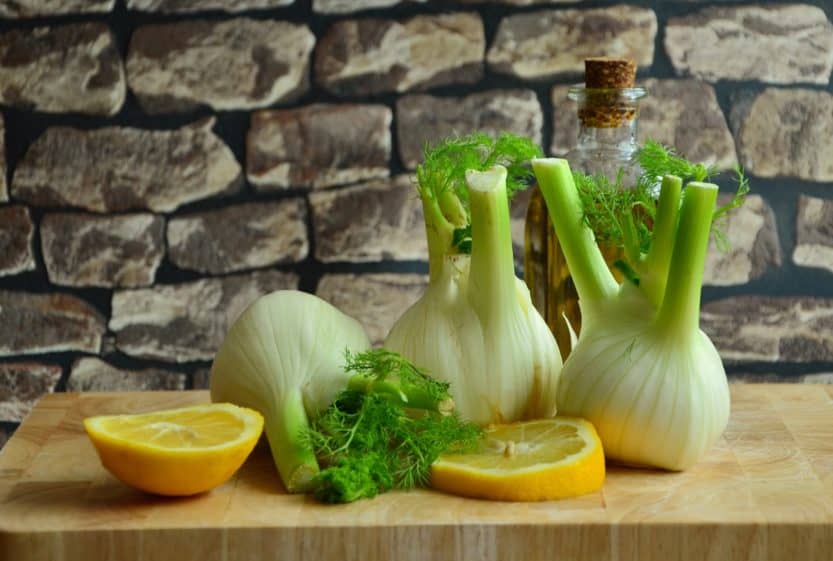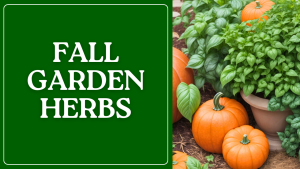Fennel is a delightful herb that adds a unique flavor and texture to a variety of dishes. Known for its anise-like taste, this versatile plant can be grown in gardens or containers and harvested for its bulb, fronds, and seeds. This guide will provide you with everything you need to know about harvesting fennel effectively.
Understanding Fennel
Fennel (Foeniculum vulgare) is a perennial herb with a taste that can be likened to licorice. It has three main parts: the bulb, stalks, and fronds. Each part can be used in the kitchen, making fennel a valuable addition to your culinary repertoire. Moreover, the seeds can be harvested and used as a spice.
Two main varieties of fennel are commonly grown:
Florence Fennel: This variety is grown primarily for its bulb, which is thick and sweet. It’s often used in salads and cooked dishes.
Wild Fennel: This variety grows tall and is typically used for its fronds and seeds.
When to Harvest Fennel
The timing of your fennel harvest depends on which part of the plant you intend to use:
Fennel Bulbs: Harvest when the bulbs reach about 3-5 inches in diameter. This typically occurs 90-115 days after planting. The bulbs should be firm and white or light green in color. If left too long, they may become woody and tough.
Fennel Fronds: These can be harvested throughout the growing season. Snip off the outer fronds with scissors, leaving the inner ones to continue growing.
Fennel Seeds: For seed harvesting, wait until the flowers have fully bloomed and the seeds have turned brown and dry. This usually occurs in late summer or early fall.
How to Harvest Fennel
Now that you know when to harvest, let’s look at how to do it effectively:
Gather Your Tools: You will need a pair of sharp garden scissors or pruners for cutting the bulbs and fronds easily.
Inspect the Bulbs: Check the bulbs to ensure they are ready for harvest. They should be well-formed and firm to the touch.
Remove the Bulbs:
Use your scissors or pruners to cut the bulb from the base of the plant.
Make the cut close to the soil line but be careful not to disturb the roots of neighboring plants if you have others growing nearby.
Harvest the Fronds:
For fronds, simply snip off what you need, avoiding overharvesting to ensure that the plant continues to grow.
Collect Seeds:
Cut the seed heads when they turn brown and dry, and place them in a paper bag to catch any falling seeds.
After a few days, shake the bag gently to release the seeds, then store them in a cool, dry place.
Tips for Storing and Using Fennel
Once you’ve harvested your fennel, storing it properly is crucial to maintain its flavor and freshness.
Storing Bulbs: Fennel bulbs can be stored in the refrigerator for up to a week. Place the bulb in a perforated plastic bag to allow for air circulation.
Freezing Fronds: If you have more fronds than you can use, chop them and freeze them in ice cube trays with a little water. This makes it easy to add them to your favorite dishes later.
Using Fennel: Fennel can be enjoyed raw in salads, roasted, sautéed, or even grilled. The fronds can be used as a garnish or added to sauces for an extra kick of flavor. Fennel seeds are a wonderful addition to baked goods, teas, and spice blends.
Common Challenges
Harvesting fennel can come with its own set of challenges. Here are a few tips to avoid common pitfalls:
Bolting: Fennel can bolt (flower and go to seed) quickly in hot weather. To prevent this, ensure your plants are well-watered and mulch to keep the soil cool.
Pests: Keep an eye out for pests such as aphids and caterpillars. Regularly inspect your plants and use organic methods to control infestations.
Woody Bulbs: If fenner is left too long, the bulbs may become woody. Harvesting them at the right time is key to enjoying their full flavor.
Conclusion
Harvesting fennel can be a rewarding activity, allowing you to incorporate fresh flavors into your cooking. With the right timing and techniques, you can enjoy this herb at its peak taste.





